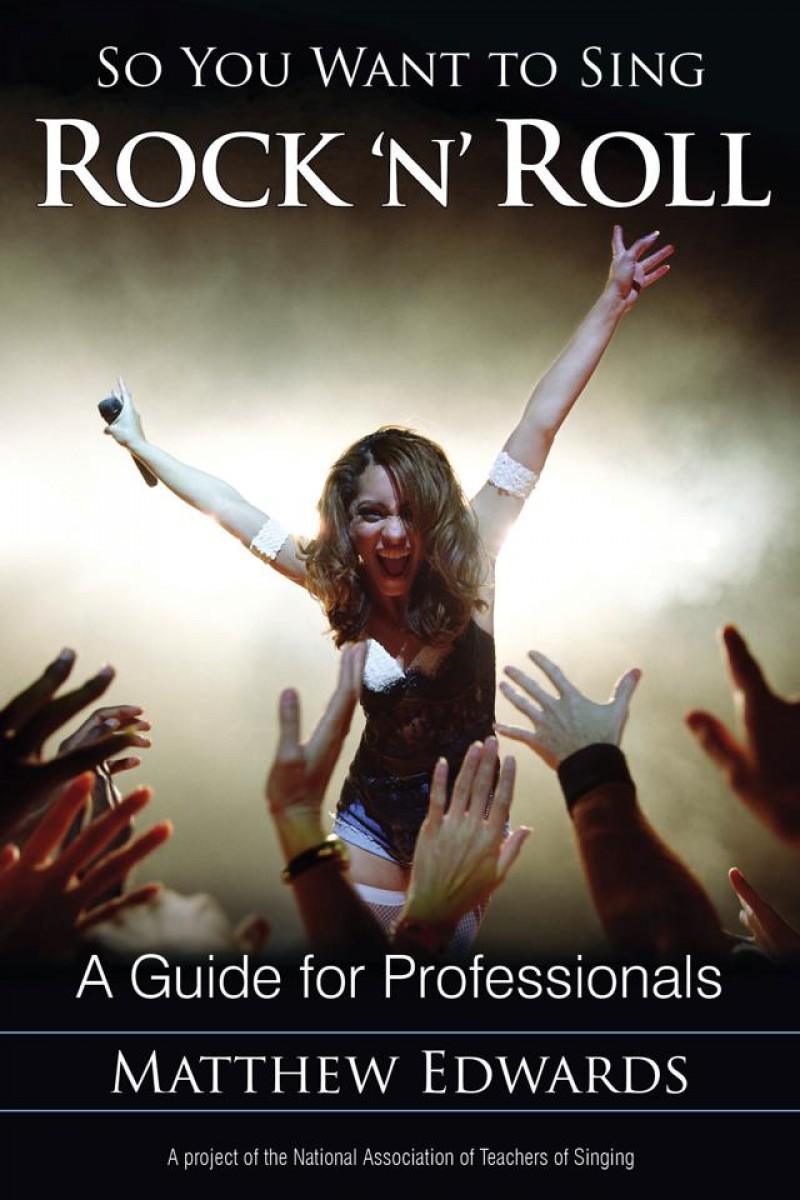Matt Edwards
Associate Professor of Voice, Shenandoah Conservatory Artistic Director of the CCM Vocal Pedagogy Institute
Mix it up Monday: Using a cork to improve your students’ vowels
 Arthur Lessac made his Broadway debut in “Pins and Needles” in 1937. He went on to an illustrious career as a performer and spent the latter part of his career as a professor at SUNY Binghamton. Lessac wrote “The use and training of human voice” in 1960 which describes his approach to vocal training. Today I am going to present what he calls a “structural stretch exercise” that requires you to form the vowels using the lips and tongue without engaging the jaw. While his book is primarily aimed at speakers, this exercise is also applicable to singing voice training.
Arthur Lessac made his Broadway debut in “Pins and Needles” in 1937. He went on to an illustrious career as a performer and spent the latter part of his career as a professor at SUNY Binghamton. Lessac wrote “The use and training of human voice” in 1960 which describes his approach to vocal training. Today I am going to present what he calls a “structural stretch exercise” that requires you to form the vowels using the lips and tongue without engaging the jaw. While his book is primarily aimed at speakers, this exercise is also applicable to singing voice training.
Lessac states that when most people transition from an /a/ vowel to an /u/ vowel the space between the teeth will decrease as the lips narrow. This reduces the space in the oral cavity and can affect resonance. To train the singer or speaker to isolate the lips, Lessac would place a cork between the teeth on both sides of the mouth. He suggests you cut a cork to around 1/4″ thick.

Place the cork between the teeth as seen below.

If that position is uncomfortable, you can cut a cork slice in half

then place the pieces in between the teeth horizontally.

Have the singer sustain an /a/ vowel with a large lip opening. As the singer sustains the vowel, have them slowly bring the lips towards an /u/ position. The student should not bite down on the cork and should instead feel a sensation similar to the beginning of a yawn. After learning to transition from a wide open /a/ vowel to a closed lip /u/ vowel, take the student through the entire series of vowels, from open to closed. When the student is comfortable with this exercise, remove the cork and ask them to repeat the exercise. To do this, they will need to focus on isolating the movement of the lip muscles that extend from the cheek bones to the lips.
If they want to monitor themselves without the cork, they can use one or two fingers pressed up against the cheeks. You can also have the student sing through their repertoire with the corks to help them isolate the movement of their lips and tongue from the movement of their jaw. After singing through a song once or twice, try removing the corks and take notice of any changes and discuss what they are experiencing.
There are other methods for using corks as well, all have the same goal – to reduce excess jaw tension and relax the throat. Do you have a way that you like to use corks in the voice studio? If so, please share in the comment section below. Thanks for reading and be sure to follow the blog to receive updates when there is a new post.
~Matt





Dear Matt, I’m really bad with instructions and it gets worst in english.
Is it posible to add videos to your exercises, like this one and the tongue stretching in your book.
Awesome book by the way.
LikeLike
Perfect timing for this exercise Matt! I have a baritone struggling with /u/ vowels and “If I Loved You” is the song chosen for his graduation showcase. Everything else is gorgeous but that one sound which is so prevalent in the song.
Thanks!
Craig
LikeLike
I love using corks while teaching my students. It also helps with the tongue. They can feel/see the tongue up against the bottom teeth, and only use it when needed to articulate. Thanks for sharing.
LikeLike
I like this idea because it allows one to more easily put their tongue behind the lower teeth. When using a cork in the front the tongue tends to want to pull back. However, at least initially, my gag reflex didn’t like the corks that far back. I am going to work with it though and see if I can get beyond that.
Thanks!
Sally
LikeLike
Nice job modeling, Flom!
LikeLike
Pingback: Mix it up Monday: Strategies for reducing jaw tension | Matthew Edwards
Pingback: Mix it up Monday: Richard Miller’s thoughts on addressing a shaky jaw | Matthew Edwards
Pingback: Mix it up Monday: The Tongue Depressor | Matt Edwards
Pingback: Mix it up Monday: How to allow placement to reveal itself (pt. 2) | Matt Edwards